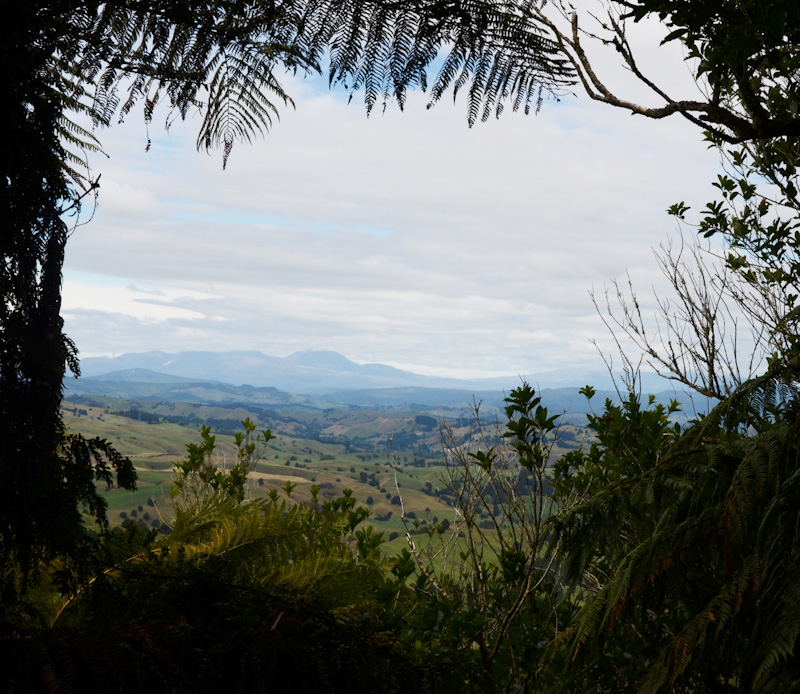Conservation & Restoration
Ensuring susceptible plant species survive myrtle rust and kauri dieback.

At A Glance:
It’s a huge challenge to conserve and restore kauri and native plants vulnerable to myrtle rust for future generations.
It requires knowledge of multiple stages of the life histories of the plants, which, in the case of kauri, pōhutukawa, and some species of rātā, needs to take account of them living potentially for many hundreds of years and regenerating naturally only after major disturbance events.
Importantly, conserving and restoring these taonga requires a Te Ao Māori world view and appropriate governance arrangements over the whenua – not just where adult plants grow but also where they can potentially regenerate. It requires a Te Ao Māori world view about if and where ex situ cultivation is appropriate to secure these taonga.”
Working from a pathogen host and ecosystem point of view, this investment incorporates conservation biology principles to make sure susceptible plant species survive myrtle rust and kauri dieback in Aotearoa.
The team aims to:
- Help prevent the extinction of iconic species
- Protect at-risk species and ecosystems, and taonga rākau (trees) and locations
Co-leads:

Manaaki Whenua – Landcare Research

Research areas:
Projects will include work on the landscape genomics of kauri, building on the excellent mahi (work) from the Healthy Trees, Healthy Futures programme.
1. Genetic markers to guide conservation and restoration of taonga under threat of kauri dieback
2. Tikanga-driven conservation of taonga species
3. Te Honongā Kawanatanga Māori – ensuring effectiveness of Māori who lead conservation activities for taonga species
4. Landscape-level restoration of taonga
5. Protocols for the effective long-term seed collection and storage of taonga to ensure that the species can survive even the worst-case scenario
News:
- December 2021: Scientists choose cryopreservation to store plant material for decades. Radio New Zealand.